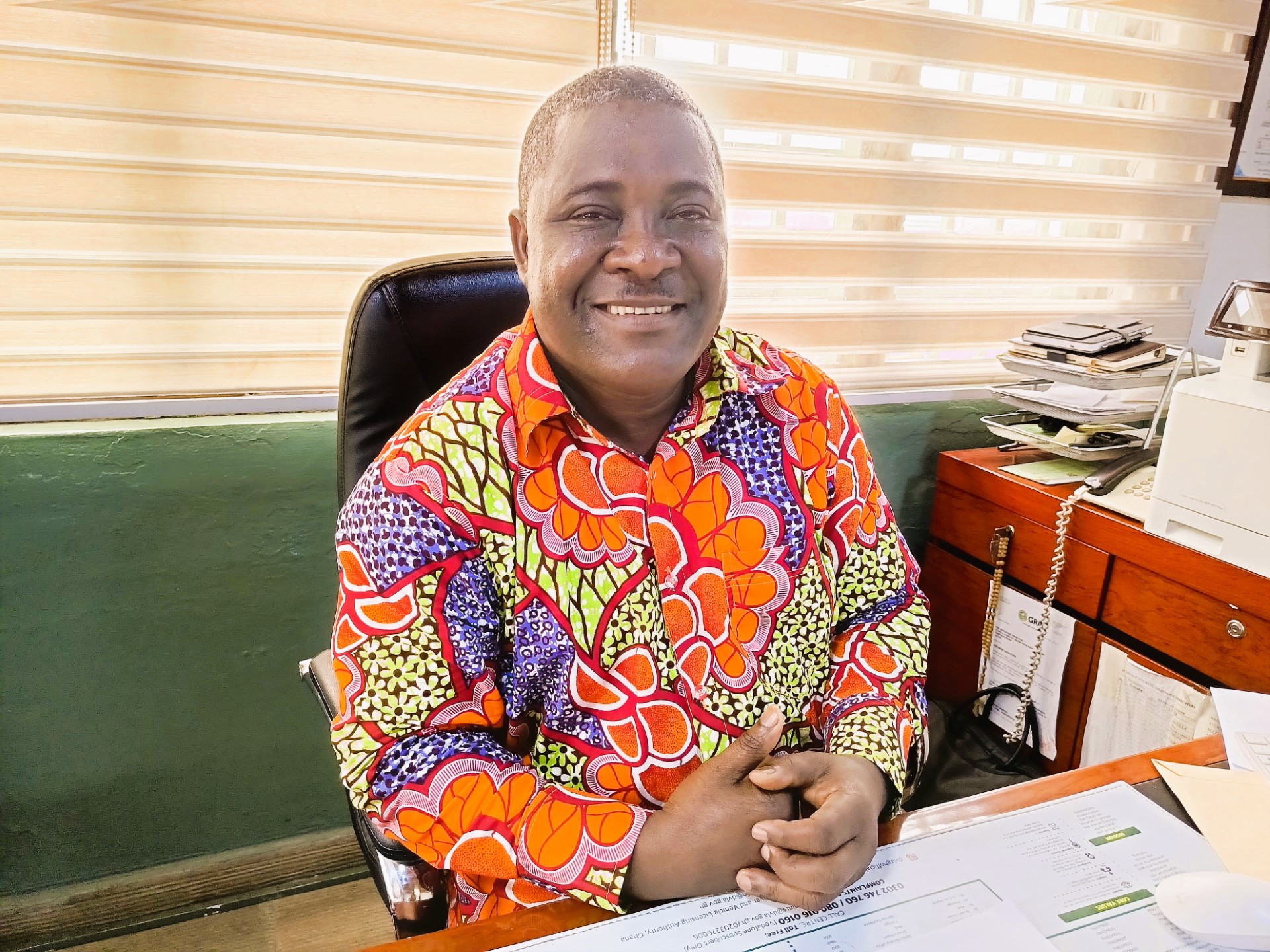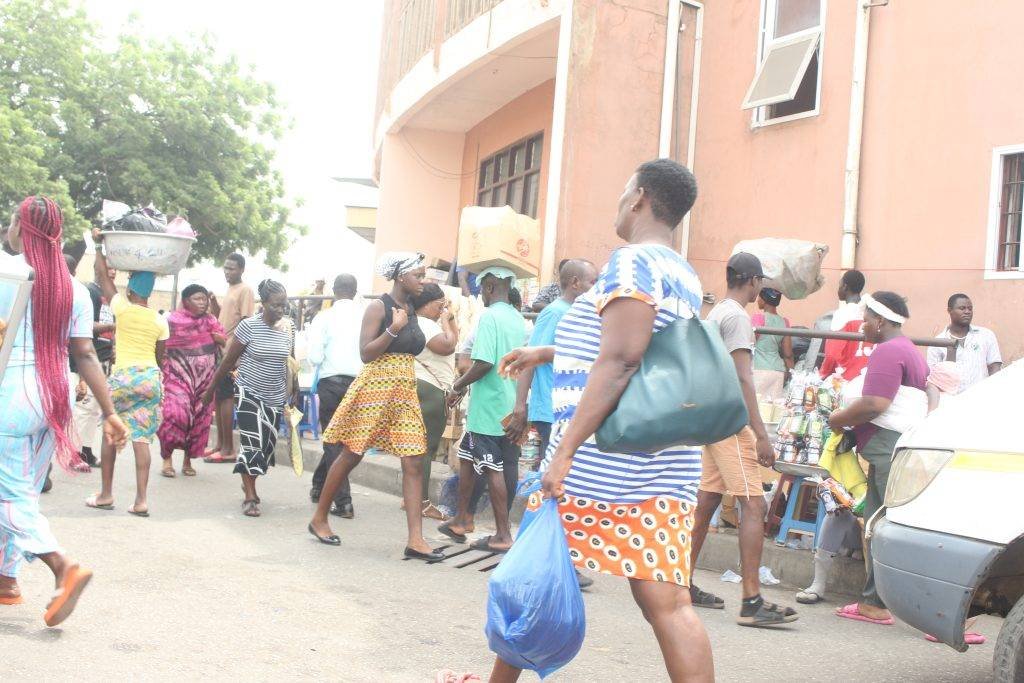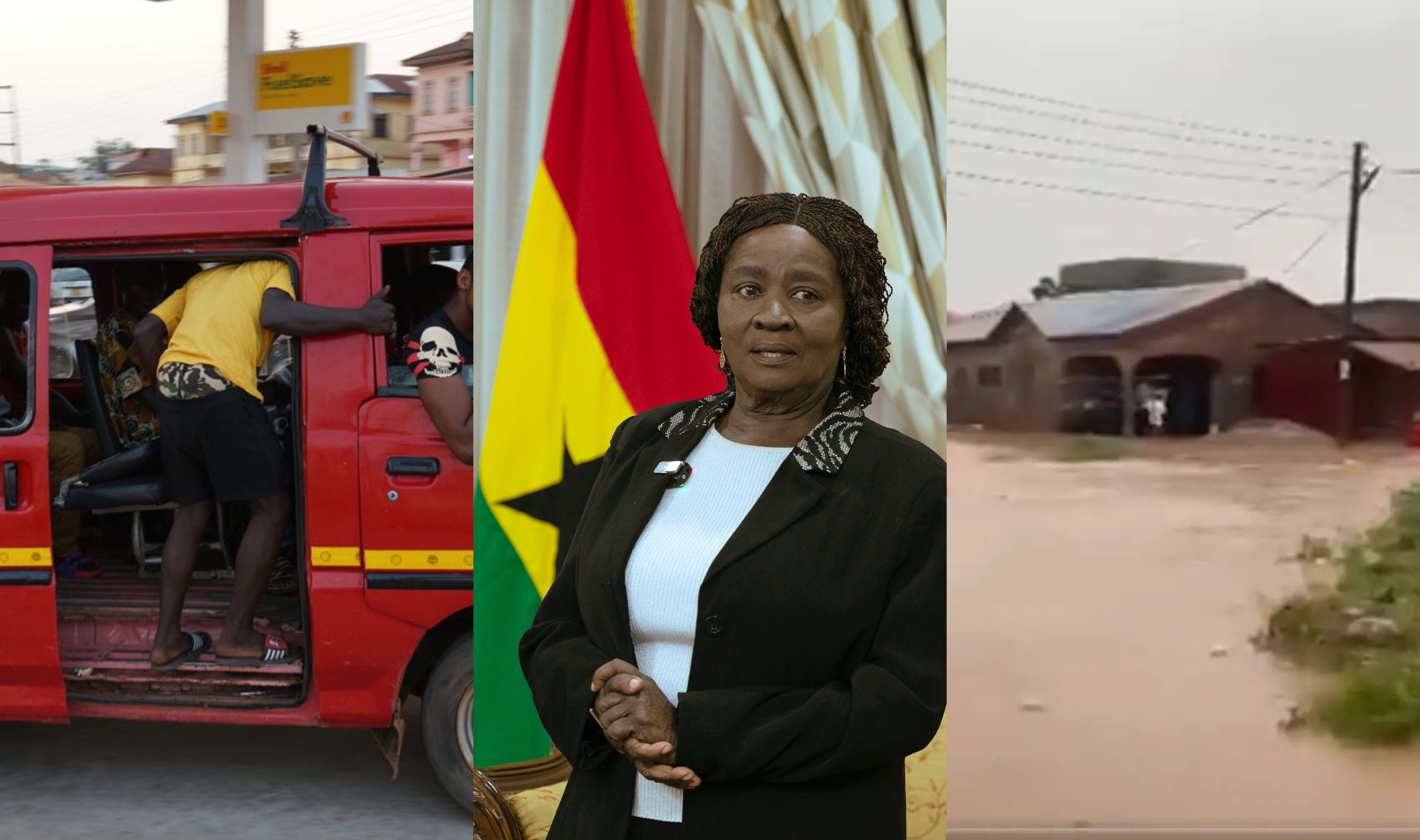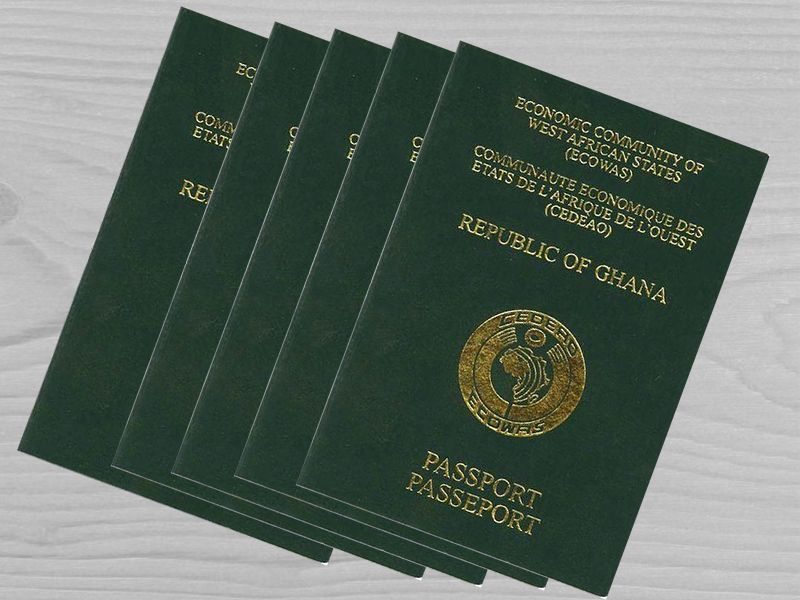
By Raymond ABLORH
Accra’s central business district (CBD) and its bustling streets have long been a battleground for city authorities aiming to clear traders and hawkers. Over several decades, various governments and the Accra Metropolitan Assembly (AMA) have launched numerous decongestion campaigns.
Yet, despite repeated efforts, the cycle of clearance followed by the gradual return of hawkers persists. This historical analysis delves into why these efforts have largely failed and what it takes to sustain the current exercise.
A history of unfulfilled promises
The presence of informal traders in Accra’s public spaces is deeply rooted in the city’s history, predating even colonial times. However, serious decongestion drives gained momentum from the 1990s onward, fueled by concerns over traffic congestion, sanitation, and the desire to project an image of an organized, modern city.
Under President Jerry Rawlings in the 1990s, efforts to clear street hawkers, including the forceful relocation of traders from the Yam Market to Agbogbloshie, were often criticized for lacking proper planning and supporting infrastructure. This led to their eventual failure and the quick return of traders.
The 2000s saw renewed drives under President Kufuor and Mayor Stanley Adjiri-Blankson. These actions, largely characterized by forced evictions, also lacked viable resettlement plans. The AMA even formed a permanent Rapid Response Taskforce and passed bylaws in 2011 making it illegal to buy from hawkers. This often resulted in backlash and the inevitable reoccupation of public spaces.
The cycle continued into the 2010s under Mayor Oko Vanderpuije. Campaigns to clear areas like Makola and Rawlings Park saw goods confiscated, fines levied, and arrests made, but enforcement remained unsustainable. Traders consistently pleaded for transition periods, but with few accommodations, they soon reoccupied their former spots.
Now, in the 2020s, the current AMA administration, led by Mayor Michael Kpakpo Allotey, has once again launched a city-wide decongestion campaign. The stated aims remain consistent: reclaiming pedestrian walkways, improving mobility, and enhancing public safety. A key difference in current pronouncements is the emphasis on prior consultations with market leaders, security agencies, and transport unions, along with assurances of available space in designated markets.
Why efforts have fallen short?
The repeated failure to achieve sustainable decongestion can be attributed to several interconnected factors:
Lack of Viable Alternatives: This is arguably the biggest hurdle. Without adequate, accessible, and affordable alternative trading locations, displaced traders have no choice but to return to the streets to earn a living. Existing markets are often insufficient, lack amenities, or are not strategically located.
Livelihood Strategy: Street vending is a crucial component of Accra’s informal economy, providing income for a significant portion of the urban population, especially those facing unemployment. For many, it’s their primary source of income.
Persistent Demand: A significant number of Accra residents rely on street hawkers for convenient and affordable goods and services. This constant demand draws traders back to the streets.
“Nine-Day Wonders”: Decongestion exercises often exhibit a pattern of intense, short-term enforcement followed by a relaxation of efforts. This lack of sustained political will and resources allows traders to gradually return.
Limited Engagement: Historically, decongestion efforts have been top-down and punitive, lacking meaningful engagement with affected traders. This often leads to resistance and undermines long-term effectiveness.
Sustaining the Current Exercise
To break this historical cycle, a comprehensive and sustained approach is essential, moving beyond mere “clearance” to genuine urban management.
Provide Adequate Alternatives: The AMA must not only identify but actively develop and make available accessible, affordable, and well-equipped alternative trading spaces. This includes expanding and modernizing existing markets and creating new, strategically located vending zones, ideally with input from traders themselves.
Phased and Consultative Approach: The current emphasis on meaningful stakeholder engagement with market leaders and traders is crucial. Providing clear and reasonable transition periods and offering support during relocation can foster cooperation rather than resistance.
Consistent, Humane Enforcement: Moving away from sporadic, intense operations to consistent, sustained enforcement is vital. This requires a well-resourced and accountable taskforce, clear bylaws, and a proactive approach to addressing any instances of corruption.
Integrate Informal Economy into Planning: Urban planning needs to recognize the legitimate role of informal operators. This means designing public spaces that accommodate both pedestrian flow and the informal economy, possibly through designated vending spots or flexible trading models.
Address Root Causes: Ultimately, addressing the underlying socio-economic factors like unemployment and poverty through job creation and economic diversification will reduce the pressure on public spaces for informal trading.
Accra’s decongestion efforts have a long history of temporary fixes. For the current initiative to succeed, it must be part of a broader, well-planned urban development strategy that prioritizes collaborative, humane, and long-term solutions over short-term clearances.
The writer is a Policy, Strategy & Communication expert
The post Accra’s decongestion dilemma: A recurring challenge appeared first on The Business & Financial Times.
Read Full Story



















Facebook
Twitter
Pinterest
Instagram
Google+
YouTube
LinkedIn
RSS